Cover photo courtesy of Gonzaga University
By Jessica Rosenberg, Brailsford & Dunlavey
For more than four decades now, Spokane has served as a healthcare hub for a very wide geographic area of Eastern Washington, serving 20 counties in Eastern Washington, home to more than 1.6 million people. Both the University of Washington School of Medicine (UWSoM) and Gonzaga University have contributed to that presence—individually, and in a Health Partnership formed in 2016. That partnership seeks to expand and enhance medical education to serve the growing need for more high-quality health care providers. The most recent big news from the partnership is the creation of a brand new center for medical and health education, research, and innovation in Spokane.
This 90,000-square-foot, four-story building will contribute to Spokane’s health education and health innovation hub, and will serve not only both universities but the entire region. The building will host an array of spaces: classrooms, research labs, offices, and an anatomy suite. It will feature the latest technology, and will have additional space available for lease by both public- and private-sector tenants. It is also expected to draw additional private-sector health education and health innovation to the area. It is being built by Bouten Construction and McKinstry, and has been designed by CollinsWoerman.
The public-private partnership (P3) is well underway, with the building being developed by Emerald Initiative, a private firm that envisions, develops, owns, and operates commercial real estate and alternative energy infrastructure. What’s key here is that not only do Gonzaga and UWSoM share a vision and values—that vision and those values are further shared by Emerald Initiative. The result is an effective, respectful partnership that will advance all three entities’ dedication to healthcare and collaboration.
We recently sat with representatives from each entity in the partnership to learn more:
- Darryl Potyk, Chief of Medical Education, UW School of Medicine
- John Sklut, Senior Advisor to the President & Liaison for External and Government Affairs, Gonzaga University
- Deborah Stamm, Principal, Emerald Initiative
Rendering courtesy of CollinsWoerman
Why a partnership? Why not go about this as separate organizations?
Potyk (UWSM): We never really considered doing it on our own. We had always envisioned doing something in conjunction with each other. We have already worked with Gonzaga in the UW School of Medicine WWAMI program, which uses a partnership with other institutions to offer unparalleled medical education to rural, underserved populations across a five-state region (Washington, Wyoming, Alaska, Montana, and Idaho). This partnership model delivers a very cost-effective but high-quality medical education. And we’ve been at this for 40–50 years, so partnering is really a part of our DNA. Some people may scratch their heads when they hear about a large state university partnering with a Jesuit school, but our partnership has played out very positively before, and it’s founded on shared values. Now, working together on this new Health Partnership signals that UWSM and Gonzaga are here to stay, and will be a force in the sector.
Sklut (Gonzaga): It is very important to Gonzaga that we keep the healthcare hub here, supporting the city and region. This is one of the opportunities we saw. We were pleased to deepen a relationship with UW, and Emerald has joined in a way that advances our vision—especially given its background developing healthcare facilities.
Stamm (Emerald): UWSM and Gonzaga focus on serving a diverse community and an underserved community, including rural populations, so the WWAMI program has been a great way to draw students from a really large watershed, and not just bring them to Seattle, but then have more primary care doctors who will go back to serve the populations they came from. And this program is possible because UWSM and Gonzaga share those values.
What values do you share? How did you discover that value alignment?
Potyk (UWSM): That alignment was fairly evident. We are both here for the greater good—for the good of our communities. For the University of Washington, we’ve always said we’re not the university of Washington, but for Washington—calling it out overtly that we’re here for the common good. So it’s our combined commitment to service and to educational excellence that binds us together. We discussed that, and we discussed where our values and needs are going to differ. Differences are fine.
Along with the shared values between Gonzaga and UW, there are also shared values with Emerald Initiative. They, too, seek to contribute to the community in a positive way. And they, too, are innovative. So for example when the three of us are talking about what a cool building we’re going to have, it’s founded in the idea that the building is for its inhabitants. And yes, the building is going to make a difference, but really it’s the inhabitants who are going to make a difference. All three of us feel that way.
Stamm (Emerald): Emerald Initiative is a newer formal entity, but we’re an independently owned affiliate of McKinstry—a 60-year-old design-build firm and energy services company based in Seattle and the Northwest. When these conversations started with Gonzaga and UW, we hadn’t even started Emerald Initiative, but when we did—formalizing that development arm of McKinstry—we put ourselves out there as a very mission-oriented real estate development company. We’re the kind of impact investor that wants community and financial returns. We’re not a non-profit, but a long-term financial developer, and it’s important to us that we have partners who want to be in this for the long term.
Because of how we’re structured, we’re able to do that and be true to our values. One of our values is the human health aspect of buildings—focusing on supporting a healthy environment for occupants. Another is community impact—what happens inside the building. That’s how you make a bigger impact, by curating community, supporting community, and supporting the right partners. So we loved this idea of creating a cluster and bringing in other public and private partners, too. We envision creating a real ecosystem.
Sklut (Gonzaga): Ultimately, there are several themes that really connect all three entities. One, for example, is mission-oriented development. Another is human health. That’s what we’re all in the health sciences for! And there really haven’t been any significant fractures in our partnership yet. We all feel that if we can be guided by our shared values, we can work through pretty much anything.
Stamm (Emerald): A big sign of UW and Gonzaga’s commitment to each other given these shared values—they signed their leases in July 2020… the height of the pandemic! Everyone was freaking out, and they’re signing long-term leases.
 Photo courtesy of Gonzaga University
Photo courtesy of Gonzaga University
What has the partnership looked like? It’s one thing to sign an agreement, it’s another thing to live a partnership day in and day out.
Sklut (Gonzaga): It’s a great question and one that continues to develop. Certainly there was a lead-up period to the development of the partnership. That meant lots of conversations with the regional community guided by Gonzaga President Thayne McCulloh along with UW colleagues to discuss and evaluate the potential benefits of partnership. But when the decision was made that we were going to do it, the partnership agreement came together quite rapidly—particularly for higher education. And we recognized that the partnership would continue to develop, for example as UW students co-registered as Gonzaga students, and we’d have to figure things out as we go. So really, we’ve been in constant conversation. It helps to co-locate on the same campus. We also have a community advisory board.
Potyk (UWSM): It hasn’t always been smooth sailing. But when I think about how we’ve negotiated through some of these tougher spots, trust and communication have been key. We’ve developed a great deal of trust in one another, and we have open communication—even texting each other throughout the week. We talk about difficult issues that might be really thorny, and we know what we can say to each other… and what can be said to each other but not outside that cone of silence. So it’s important to have that trust and communication.
The importance of that trust has also manifested in not having to worry about keeping track of every last detail. For example, there are just so many meetings go on. And you get the feeling that there are parallel conversations happening. I think if we didn’t have such great partners, we’d be worried about, Well, what are they saying over there? But we just don’t feel that. We just do a few “joining” conversations to check in: Here’s what we’re hearing. What are you hearing? As long as we’re talking, it’s fine.
And how has the partnership played out in terms of development?
Stamm (Emerald): In terms of how the partnership has played out with development, I’d say we’re pretty far on one end of the risk transfer spectrum. UW and Gonzaga both signed leases. Otherwise the project is really being driven by Emerald, like with the process of designing the building. With that said, there’s a lot of collaboration and approval from the group. All of the plans we worked up went through an approvals process.
Potyk (UWSM): I agree. It’s been driven by Emerald but it’s very collaborative. We feel like we’re true partners in it, not just tenants. When questions come up with who is doing what, there are clear-cut answers, but also flexibility. I can imagine another scenario where the private partner holds meetings to inform, not discuss. But for us it’s very much been the latter, and that’s key. Emerald solicits our input, and we in turn solicit input from our community.
Stamm (Emerald): So for example, Emerald is responsible for all the Operations and Maintenance kind of scopes, but we’re listening to what Gonzaga and UW want to see—janitorial staff, etc. Contractually, we’re driving design, but in reality everything is a discussion with the group. And we’ve been able to work through anything that’s come up.
And when I say we’re driving the design process, I mean more of a privatized design schedule. When a university drives a design process, it could take 5 years. For us, it’s a privatized timeline. Conversations started in 2018, we started construction in late summer 2020, and we’ll be delivering end of Q2 2022.
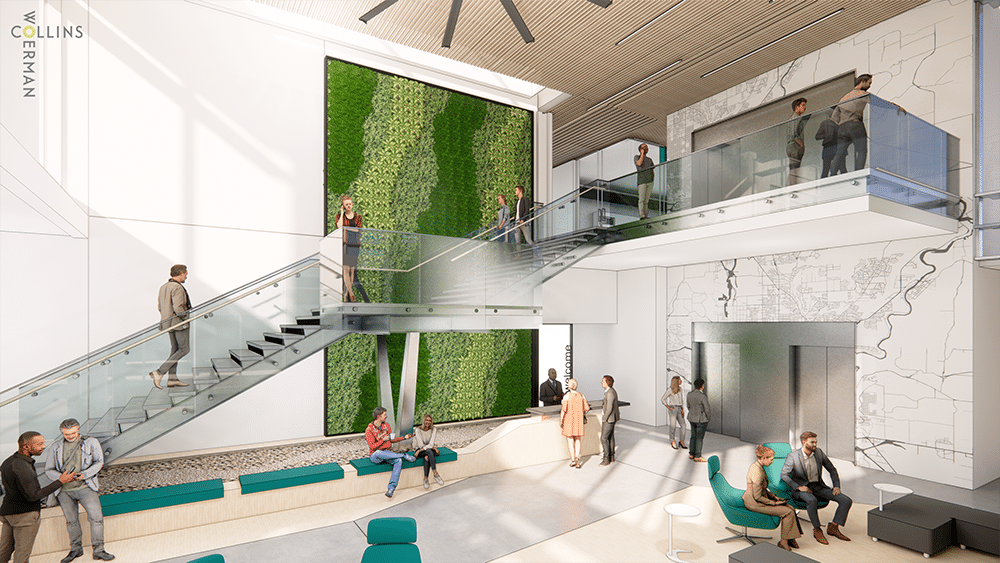
What have Gonzaga and UWSM gotten out of working with the private sector?
Sklut (Gonzaga): The partnership agreement that we drafted 5 – 5.5 years ago, specifically highlighted the need for a new facility. Both schools recognized that from an educational standpoint, from a student experience standpoint, and from a vision standpoint, that the partnership required a new facility in order to be sustainable long-term. Instead of fitting a new program into an existing space, doing a new building would create so many more options for the growth of our programs.
Potyk (UWSM): Right, and one of the big quandaries we faced was figuring out where to put that building and even just how to make it possible. We’re state-based, Gonzaga is private. As a public institution, we couldn’t ask the state legislature to build a building on a private university’s campus. And we couldn’t make a capital ask. But we could ask for operational funding to occupy a building. So in this case, Emerald offered that critical missing piece. And that really accelerated the partnership. Not just that, but their willingness to join the partnership is what ensures the project’s long-term sustainability.
Sklut (Gonzaga): Financing is another example of where partnering with the private sector was impactful. The financial constraints of each institution required a creative public-private approach.
Stamm (Emerald): Another thing you can do a little more easily when you’re doing a private development than building for yourself as an institution is grow. These programs need to grow over time. We’re not talking 2 years… but over a long period of time, they will want and need to grow. So this is a challenge when you build any building—do you build for what you need today, or what you’ll need 20 years from now? Coming in as a private developer, we were able to build something larger than the 60,000 square feet that the groups need today, and we just need to figure out how to use that extra space well in the meantime.
Ideally, we can contribute to a short-term benefit, while also supporting these institutions’ growth. And luckily, there is ample opportunity in the short term to designate that extra space for other meaningful uses that pull in the community.
Potyk (UWSM): The cool thing here really is the focus on the community, and how we can use this development to create a critical mass that benefits it.
Sklut (Gonzaga): Something I really credit Emerald with is creative thinking. Emerald has been able to provide many things in the partnership, but one that stands out is the ability to really think creatively about what this space can be and do, and how it can be best utilized to advance our shared mission and vision, and to better our community. They’ve really allowed for that kind of creativity.
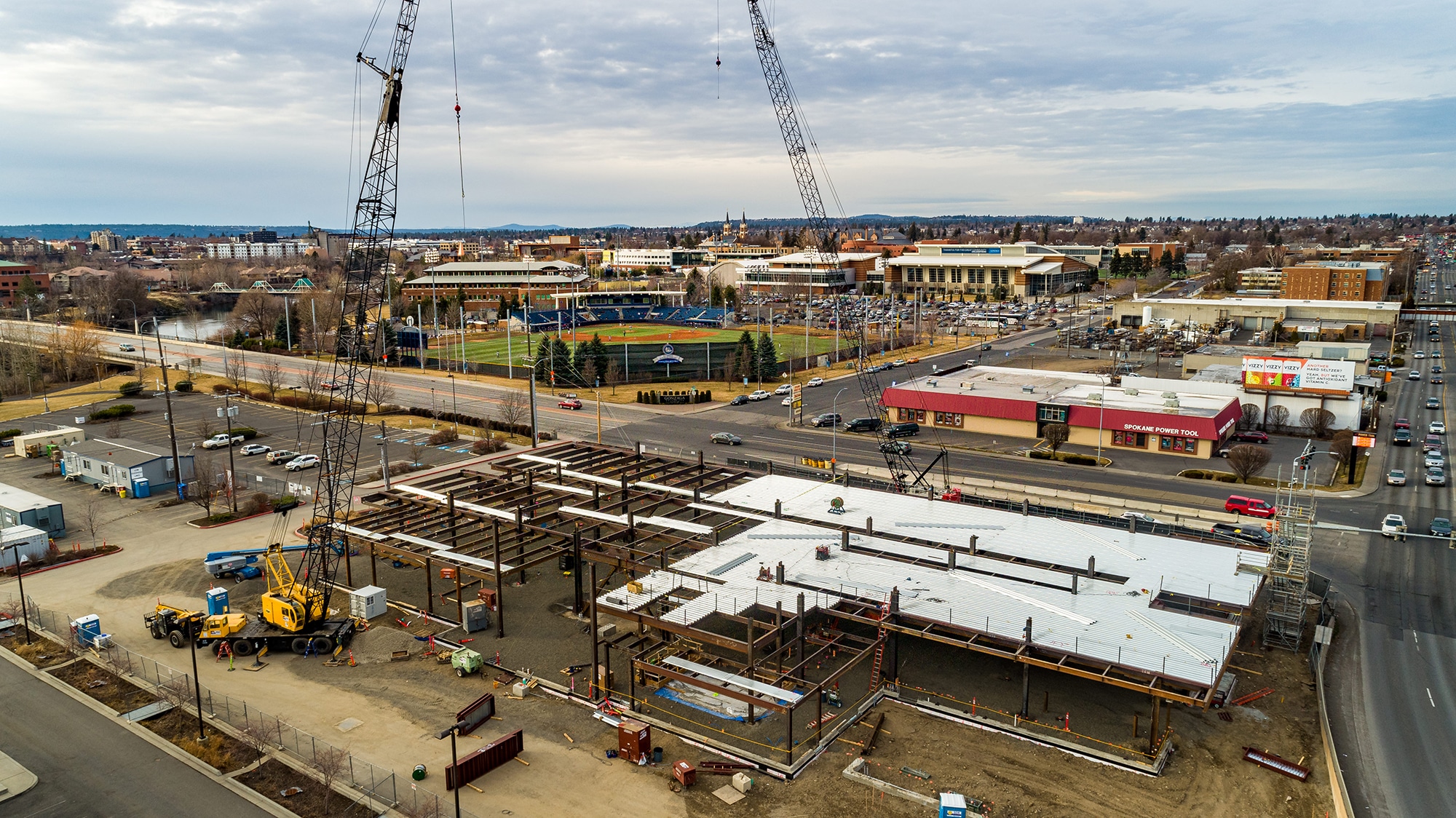
What advice do you have for other organizations—whether higher ed institutions or private developers—considering engaging in a partnership?
Stamm (Emerald): This is small, but something higher ed institutions should keep in mind is partnering will mean more conversations. In addition to the advisory board, there are weekly meetings, monthly meetings. Lots of different touchpoints and relationships. So there’s just this additional layer of people and conversations.
Potyk (UWSM): From my perspective, what’s important to think about is everything we’ve already spoken about—shared values, communication, and trust. You either need to have these things already in your relationship, or you need to have a sense that you can collectively build them. They don’t come for free. You really do have to work on them.
Sklut (Gonzaga): Absolutely. It’s all about that values alignment and the relationship alignment. These things are so important to building trust. And the good news is the partnership as a whole benefits from that alignment.
The other thing I’ll mention here is the importance of community support. We’ve been really fortunate to enjoy support; the community understands the vision of the partnership and how it promotes community health and economic development. So we’re lucky. But it’s evident that community support makes a difference.
What does good community engagement look like?
Sklut (Gonzaga): I think it’s largely about two-way communications, mutual engagement, and earning trust and support. The community advisory board is one important example of this approach. Another is ensuring the involvement of the broader community in significant milestones in the partnership. For example, when we publicly announced the partnership, we hosted a large community event. When we announced McKinstry and Emerald Initiative joining, that created an opportunity for another large community event. And all along the way, our president has hosted numerous conversations throughout the community to seek input and collaboration.
Potyk (UWSM): It takes a village to educate a medical student. So many people throughout the entire region have played a role in helping us educate our students. Our elected leadership, clinical health care partners, business and community leaders, and alumni and supporters all have been actively engaged in our partnership and in supporting our students as we evolve and grow.
As a result, I think this partnership is shifting the culture of how medical education is understood in our community and that’s exciting for everyone because there’s no limit to what we can do together in the future—we’re boundless!
Lastly, how has Covid impacted the project?
Potyk (UWSM): Like every higher ed institution, we’re discussing how Covid will change our course delivery, and what content needs to be in-person and what doesn’t. In the rush back to normalcy, that has led us to question what normal is. And how do we learn from this? And that’s made us really want to focus on the IT and infrastructure support in the building.
Stamm (Emerald): The IT explorations have really been driven by UW’s vision for online learning. The AV in these classrooms is quite advanced, and it was great foresight to design this way pre-Covid. So we’re building on what’s there. Meanwhile as everyone thinks about new tech, like virtual medicine, we’re thinking about how to respond and adapt.
Potyk (UWSM): And then in terms of construction, they’ve maintained a Covid-safe environment. It’s just amazing how quickly it’s going. It’s such a fast timeline, and the whole project has been super collaborative. I kind of pinch myself every morning.
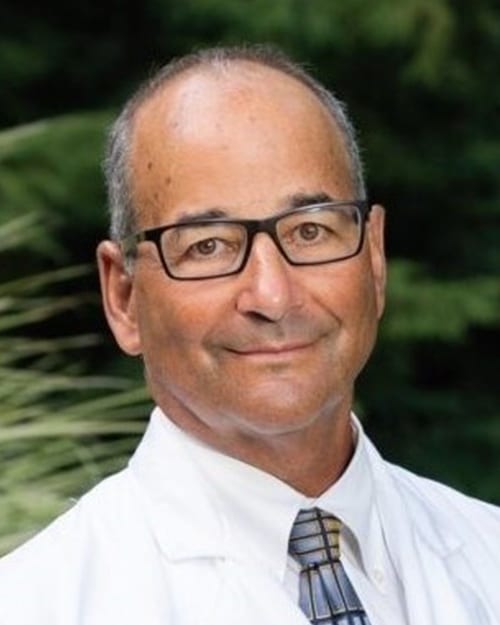
Dr. Potyk has also served as Chief of Staff at several local hospitals, is a member of the Gold Humanism Society, and has over 30 publications in peer review journals – his interests include the humanities in medical education, medical consultation/perioperative management and geriatrics. He is an Internist and Geriatrician and continues to see patients. Dr. Potyk earned his BSc from University of California at Los Angeles, and his MD from the University of Southern California Keck School of Medicine.
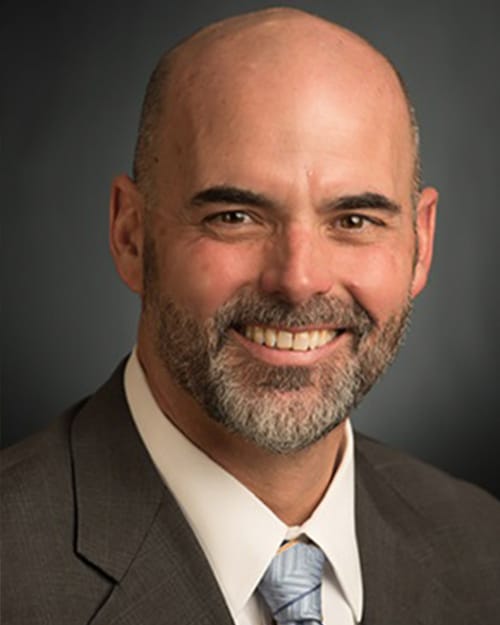
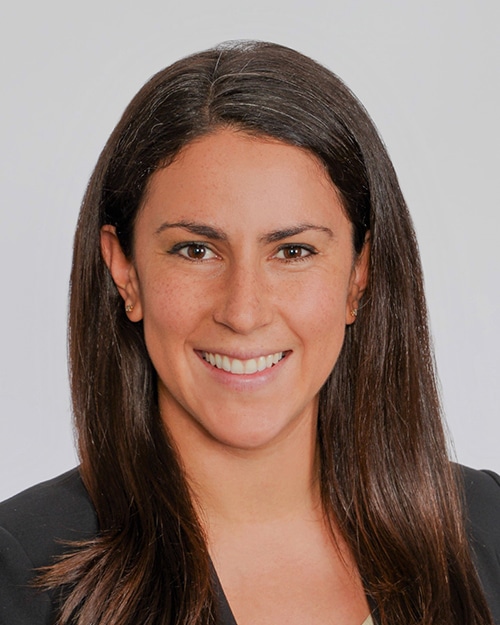


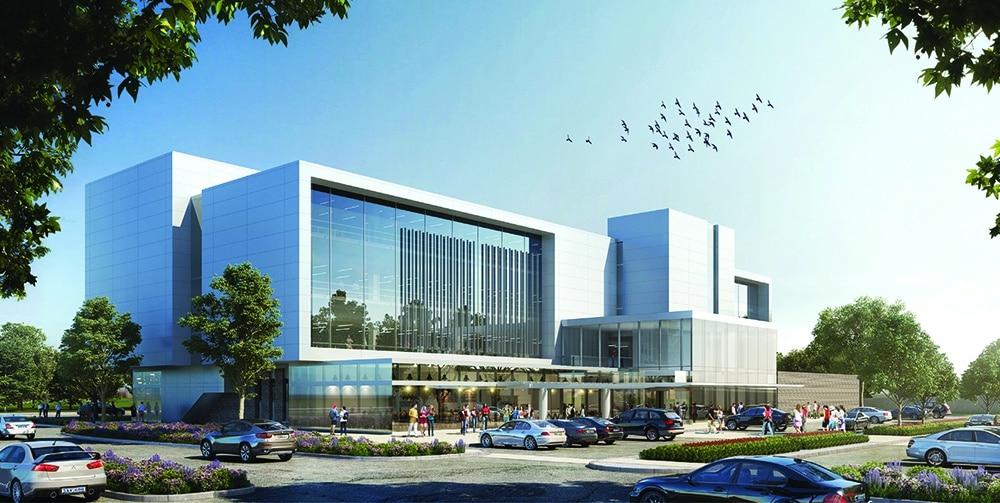
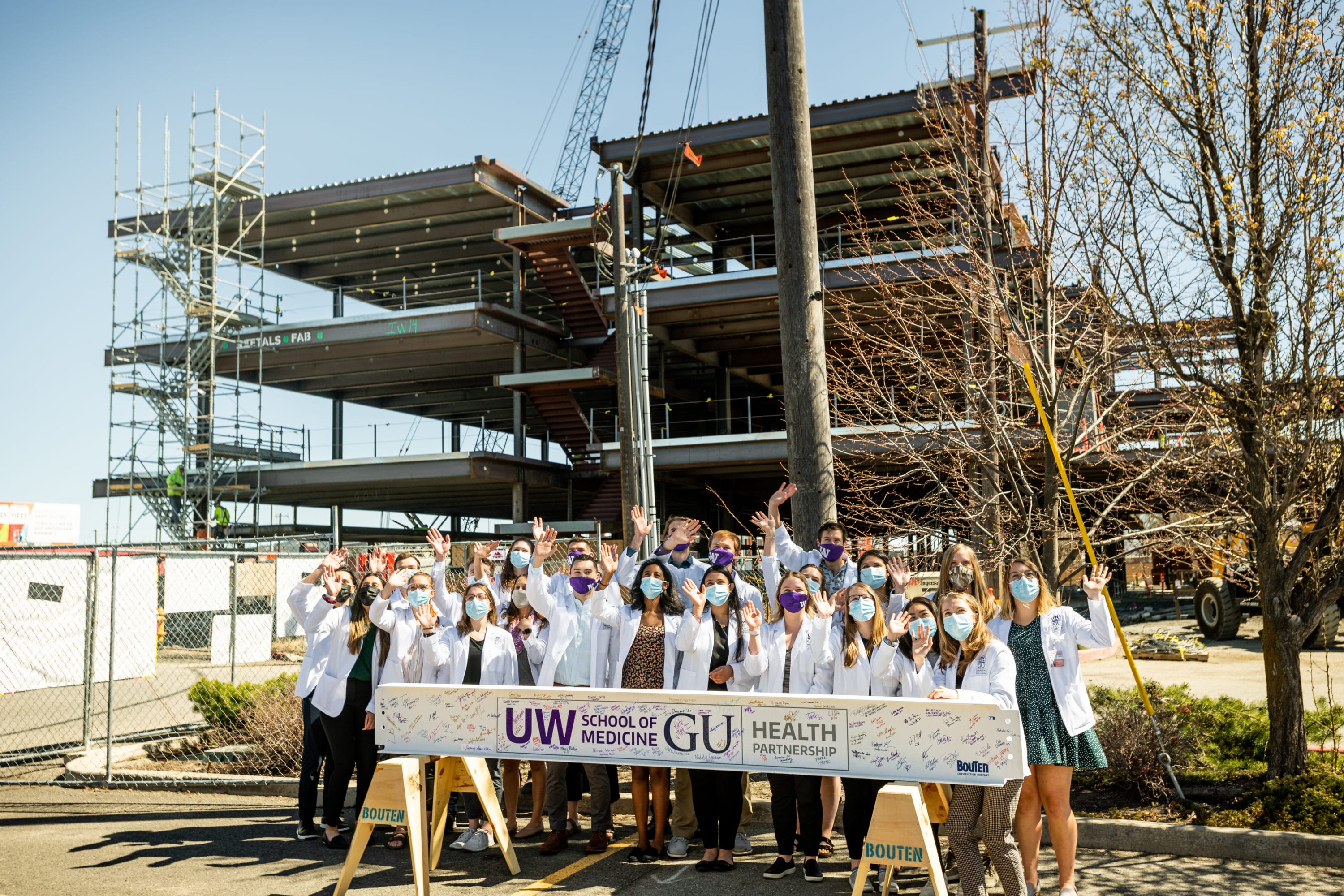 Photo courtesy of Gonzaga University
Photo courtesy of Gonzaga University